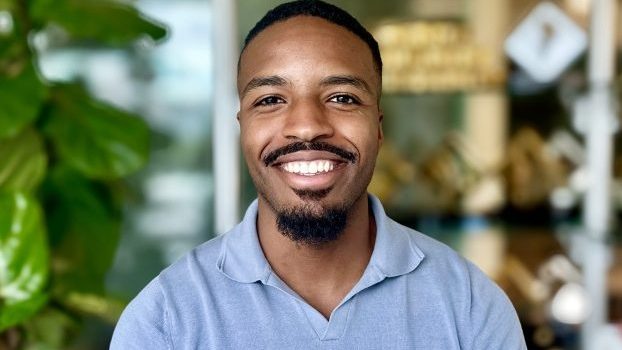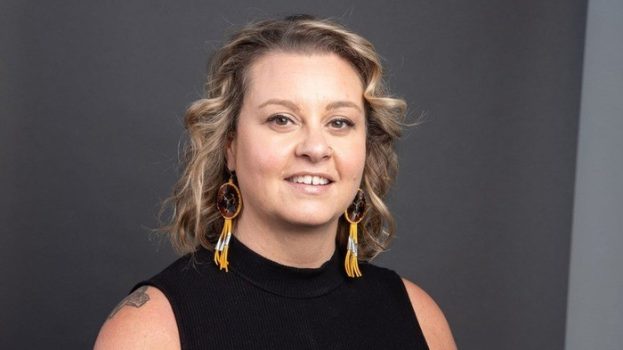After Publicis Groupe announced Marcel, its AI-powered “professional assistant” now in development, on Tuesday, much of the attention was focused on how the holding company would be funding it instead of what it can actually do.
But given Publicis’ awards and industry events budget is estimated by some to in the tens of millions when it comes to Cannes Lions alone, diverting the entirety of that spending to Marcel signals just how important the company believes the platform will be to its future success.
“The message here is that this is not just an interesting technology play,” Andrew Bruce, CEO for Publicis North America, told strategy. “This is putting our money where our mouth is and investing in something we think is going to make us work differently.”
Named for company founder Marcel Bleustein-Blanchet, talent within the holding company’s tech- and digital-focused Publicis.Sapient group are set to lead development of the platform. However, it may tap outside partners when it comes to providing certain elements, such as the AI that powers it.
Marcel is still in the early stages of development and its capabilities may change between now and its planned launch roughly a year from now at Viva Tech. But its functions can be divided, broadly, into two categories: talent management and business intelligence.
[iframe_youtube video = “L7iLdQ8WK5A”]
On the talent side, Marcel is geared towards making connections that make collaboration easier. For individual staff, this means being able to identify projects based on the kind of work they’d like to do, or ones currently being done by offices they’d like to work with where their skill set might be relevant.
For those in leadership roles, it can help build teams based on the needs of a specific project, or find people who might have knowledge relevant to a client’s business strategy and trends in their industry.
So, for example, if you’re interested in working with a team that has done some prestigious work recently, Marcel will find open projects where your talents would contribute extra value. Or, if your financial client is facing competition from new disruptors, it will locate a strategist.
Collaboration across offices and borders has been a major part of Publicis Groupe’s “Power of One” strategy. When he officially took the reins as Publicis Groupe CEO earlier this month, Arthur Sadoun said he wanted the company to operate more as a “platform” instead of a holding company. The stated goal for this approach is to provide more value for clients by pulling the best and most applicable talent onto projects, regardless of where they are based.
However, taking time to search for collaboration opportunities can be time consuming. Utilizing tech to do so has been attempted by other companies; Omnicom media agency PHD has seen success with a tool called Source that uses a gamified points system to encourage collaboration and the sharing of planning insights across borders.
By using AI, machine learning and predictive capabilities, the hope is that Marcel will make connections faster and more accurately than hopping on a Slack channel or starting an email chain. Bruce says current manual processes make collaboration difficult because of his network’s size.
Publicis said in the press release that Marcel’s capabilities were inspired by results of a 2017 talent survey about how employees want to work in the future. Bruce adds he has heard from staff that they want more opportunities to collaborate, although reports emerging since the announcement suggest they might not be eager to give up a year of awards for it.
The other major component of Marcel is its prospective data and insights capabilities. While certain sets of information – like ones containing propriety client information – will still only be accessible to certain people, the platform will be able to find and analyze data to identify insights relating to particular demographics or industries. That will not only identify patterns and make connections in data sets, as most AI platforms do, but get at them faster.
“Right now, for every client we have, we have streams of data that roll in and it’s used in different ways to different effects,” Bruce says. “Bringing together structured and unstructured data will ensure the work we’re doing is that much more informed. And being able to organize all of it on a platform like this is going to cut out about 100 calls we currently have to make to get data from other markets. This gets at data faster so that we can answer client requests, and it will make what we have sharper and more complete.”
























